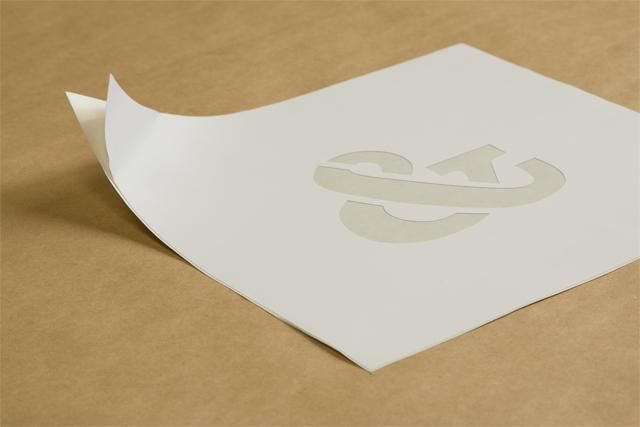Stenciling can be a great way to add texture and interest to any painting project.
Whether you’re looking for something intricate, bold, or subtle, the right stencil can make all the difference in your finished work. But with so many different options available, it can be hard to know where to start.
To help you find the perfect stencil for your next project, here are 15 tips to consider.
1. Consider Your Project’s Theme:
First and foremost, think about what you’re trying to accomplish with your painting project. Are you looking for something that’s bold and eye-catching? Or do you want something softer, more subtle? Once you’ve identified the theme, it will be much easier to narrow down your choices.
2. Think About Size:
How large is the area you’re planning to stencil? If it’s a large wall or ceiling, then a larger stencil may be necessary. Similarly, if you’re working on a small canvas or furniture piece, you may want to look for something smaller.
3. Choose the Right Material:
There are many different materials used for stencils, including plastic, paper, and metal. The material you use will depend on where you plan to use it and how often it will be used. For instance, metal stencils can withstand more wear and tear than plastic or paper.
4. Experiment with Color:
If you’re feeling adventurous, try experimenting with colored stencils to add a unique touch to your painting project. There are many shades to choose from, so play around with different combinations until you find the perfect look.
5. Go for Detail:
Intricate designs can add a lot of character and interest to any painting project. Look for stencils with small details or repeating patterns that will create a unique texture when applied to your surface.
6. Consider Reusability:
If you plan to use the same stencil for multiple projects, look for a reusable option. These types of stencils can often be washed and used again and again, which is great if you’re working on a lot of similar pieces.
7. Look at Reviews:
Before committing to any particular stencil, read reviews from people who have used it. This will give you a better idea of the quality and accuracy of the design, as well as how easy it is to use.
8. Consider Budget:
Of course, you’ll also want to consider your budget when shopping for stencils. Higher-end designs may cost more but offer more intricate details and better durability. However, there are plenty of great budget-friendly options available as well.
9. Visit Craft Stores:
Craft stores are a great place to look for stencils of all shapes and sizes. Many stores also offer classes on how to use them properly, so you can learn from experts in the field.
10. Try Repurposing:
If you’re looking to save some money, try repurposing items you already have around the house. For example, old lace doilies or scrapbook paper make great stencils when applied to a surface.
11. Look Online:
With so many different websites dedicated to stenciling, it’s easy to find exactly what you’re looking for. From free resources to custom designs, there is a wide variety of options available online.
12. Try Freehand:
If you’re feeling creative and want to go with a more organic look, try free-handing a design onto your surface. This can be a great way to add depth and texture without investing in an expensive stencil.
13. Test It Out:
When you’ve found the perfect stencil, don’t forget to test it out on paper first. This will help you make sure the design looks right, as well as give you a better idea of how it will look when applied to your project.
14. Prepare Your Surface:
Before starting your stenciling project, make sure the surface is clean and free of dirt or debris. If you’re using spray paint, be sure to cover any areas that aren’t meant to be painted. This will help ensure the design looks exactly as you intended.
15. Have Fun:
Lastly, have fun with your stenciling project! Stencil for painting on wood can be a great way to add a unique touch to any painting project.
Conclusion:
Stenciling can be a great way to add a unique personal touch to any painting project. By following these tips, you can find the perfect stencil for your needs and make sure it looks its best when applied. With a bit of creativity and planning, your next project could be a masterpiece!



 Photo by
Photo by  Photo by
Photo by  a group of people sitting around a table with laptopsPhoto by
a group of people sitting around a table with laptopsPhoto by  people on beach during daytimePhoto by
people on beach during daytimePhoto by  Photo by
Photo by 












